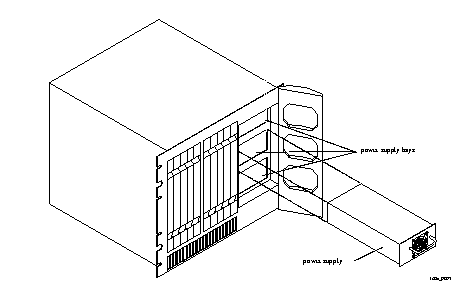Table 1-1 Functional Specifications
|
Capabilities
|
Specifications
|
|---|
| TCP/IP
|
· Internet Protocol (IP)
· Transmission Control Protocol (TCP)
· User Datagram Protocol (UDP)
· Internet Control Message Protocol (ICMP)
· Address Resolution Protocol (ARP)
· Internet Packet Exchange (IPX)--ComOS 4.1 only.
|
| Routing protocols
|
· Routing Information Protocol (RIP) and RIP-2
· Open Shortest Path First (OSPF)
· Border Gateway Protocol version 4 (BGP-4)
· Static routes
|
| LAN connectivity
|
· One 10/100Mbps full-duplex Ethernet or media-independent interface (MII)
· One 10Mbps full-duplex Ethernet interface
|
| WAN connectivity
|
· Synchronous and asynchronous Point-to-Point Protocol (PPP)
· Dynamic IP address assignment
· Password Authentication Protocol (PAP) and Challenge Handshake Authentication Protocol (CHAP)
· Multilink PPP
· Bandwidth Allocation Protocol (BACP)
· Stac LZS and Microsoft MS-Stac compression
|
| ISDN switch types
|
· In North America --Lucent 5ESS and 4ESS, Nortel DMS-100, National ISDN-1 (NI-1), and NI-2
· In Europe --NET3 and NET5
· In Japan --NTT and KDD
|
| Signaling
|
· T1 robbed bit in-band
· Foreign exchange station (FXS) loop start
· Immediate start
· E&M wink start
· R2 E1 in-band
|
| Modem protocols
|
· ITU-T V.90
· K56Flex
· V.34
· V.32bis
· V.22 Bell 212A and 103J
· V.42 and Microcom Networking Protocol (MNP) 2 through MNP 4 for error control
· V.42bis and MNP 5 for data compression
|
| Security and accounting
|
· RADIUS authentication, authorization, and accounting
· Local user password
· PAP and CHAP
· Calling line ID
· Callback
· Packet filtering
· ChoiceNet server support
· Token cards--SecurID and ActivCard
· Layer 2 Tunneling Protocol (L2TP)
· IP Encapsulation within IP (IPIP)
|
| Configuration and management
|
· Two asynchronous console ports
· Telnet
· PMVision
· BOOTP
· Trivial File Transfer Protocol (TFTP) network downloads
· Simple Network Management Protocol (SNMP) compliance--MIB I, MIB II, and Enterprise MIB extensions
|
| Chassis capacity
|
· In North America --864 modem connections or ISDN B channels, 36 T1 or PRI lines, or one T3 circuit
· In Europe --810 modem connections or ISDN sessions, or 30 E1 or PRI lines
|
 The slots are not physically numbered on the chassis itself.
The slots are not physically numbered on the chassis itself.

 Power Supply Installation
Power Supply Installation
 Rear Panel
Rear Panel